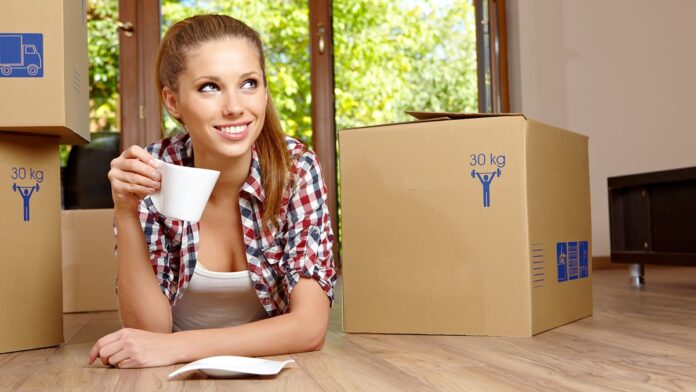Preparing for a big move can be quite daunting, but with the right preparation, everything can go smoothly. One of the most important steps for a successful move is packing correctly. Smart packing techniques can help you ensure that all your belongings are secure and organized throughout the entire process. In this article, we will discuss the steps you should take to start the packing process and some tips to get it done quickly and efficiently.
Take inventory
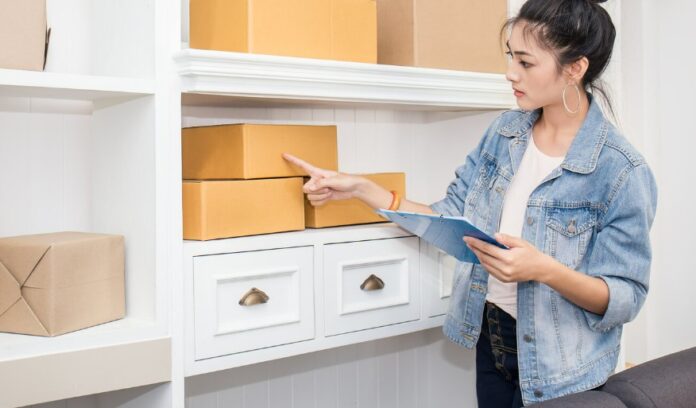
Taking an inventory of what needs to be packed is a very important step in the packing process. Start by creating a comprehensive list of each room or area that needs to be packed up. Then, add detail to the list as you go. Make sure to include items such as furniture, appliances, bedding, decor, and items that won’t fit in boxes. Once you have identified everything, it will be easier to decide what needs to be taken and what can stay behind.
In addition to making a list of things that need to be packed up, take photos or videos of valuable items like artwork or expensive appliances before they are moved. This can help with insurance claims if anything ends up being damaged during the moving process.
Gather packing supplies
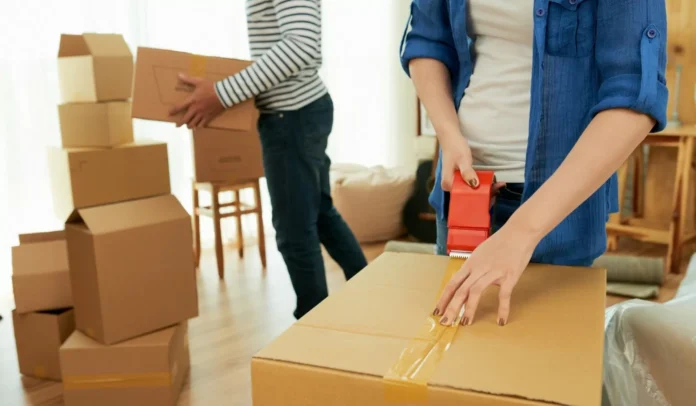
Having the proper supplies will make the packing process easier and faster, plus you can ensure that your items are properly protected. Common supplies include boxes of various sizes, tape, a tape gun or dispenser, labels, markers, and various types of cushioning materials such as bubble wrap and packing peanuts.
You may also want to invest in a few specialty items to help make the move easier. This can include brightly-colored labels that are designed specifically for moving boxes or a labeling system such as an app or software program that allows you to easily keep track of your belongings. And don’t forget basic tools such as a hammer and screws for putting together furniture or disassembling it; box cutters; rubber bands; and packing paper.
Sort items into categories

Before you start packing and decluttering for your move, it’s important to sort all the items into specific categories. This will make it easier for you to determine what to take and what can be donated, thrown away, or given away. When sorting items into categories consider items such as:
-Furniture
-Clothing
-Kitchenware
-Books
-Electronics
-Tools/supplies
Each type of item should be sorted by how often they are used, how important they are in your daily life, and how valuable they really are. This will help you decide if these items should be packed and taken with you on your move or donated/thrown away. Sorting through your possessions ahead of time will make the packing process much smoother as it eliminates unnecessary clutter that can slow down the process.
Wrap fragile items in bubble wrap
When packing fragile items, bubble wrap is your best friend. Bubble wrap is made up of air pockets that will protect items from bumps and dings along the way. To use it correctly, begin by laying out a sheet of plastic or newspaper to protect your base. Place your fragile item on its own sheet of cushioning e.g., foam padding or bubble wrap, if available.
Use pieces of tape to attach several layers of bubble wrap around the item, making sure that all sides are securely encased in cushioning material. When finished wrapping, secure a few extra pieces of tape around the entire bundle to make sure that it holds its shape during travel and lifting. Finally, be sure to write “Fragile” on each bundle for easy identification when unloading items at your new home!
Use packing paper for extra cushioning
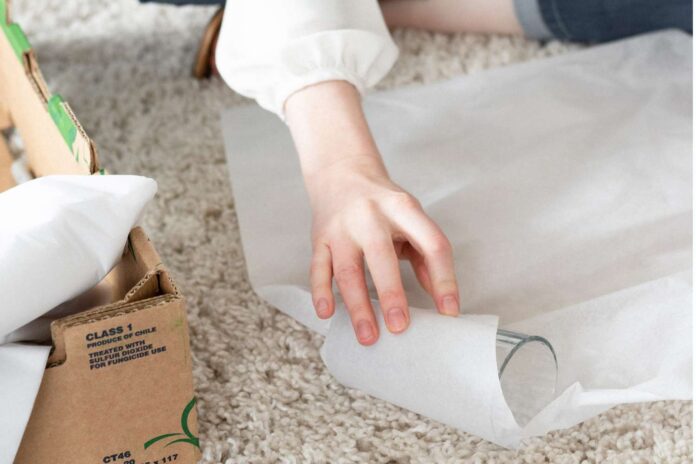
Not only does it give additional cushioning to your fragile items, but it also provides protection from dirt and dust. Wrapping items in packing paper helps ensure that dirt and moisture do not get inside the boxes during transit.
It’s best to use several layers of paper to provide adequate cushioning against bumps or jostling during the moving process. Start by wrapping your item completely in one layer of packing paper and securing it with tape. Then continue with another layer of packing paper around the item, again making sure to end each layer with tape. Continue adding more layers until you feel comfortable that your item is securely covered and won’t be damaged during transportation.
Label boxes with contents and destination room
Labeling can help make unloading much faster and easier by having an idea of where certain items will go. Not only will it save you a lot of time, but it will also help you identify quickly which box should be unloaded first.
To make moving easier, it’s important to use descriptions that are broad yet accurate enough to understand without opening them. That way, you won’t have to break any seals – which could cause confusion – in order to tell what’s inside. Some helpful items for labeling include permanent markers, sticker labels, or colored/ decorated tape – all of which are easy to find at almost any local store.
Pack heavier items in smaller boxes
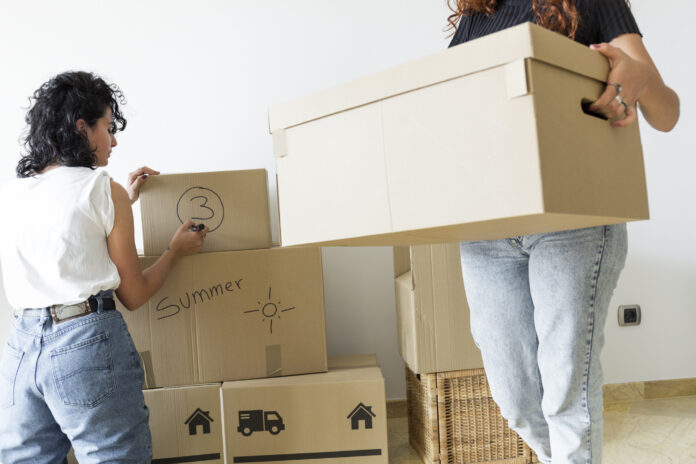
When moving, it is important to pack your items securely and strategically. Heavy items such as books, tools, electronics, and linens should be packed in smaller boxes rather than larger ones to prevent them from becoming too heavy and causing damage or injury. Pack each box tightly, making sure that all empty spaces are filled. This will help to stabilize any items inside the box, reducing their movements while being transported.
Place heavier items at the bottom of boxes
This will ensure that your boxes are stable and easy to manage during transport. When stacking boxes, lighter boxes should always be placed on top of heavier ones to prevent shifting or breaking of contents during transit.
You should also avoid over-packing your boxes, as this can make them extremely heavy and difficult to handle. The box itself should not be so heavily packed that it begins to bulge or open. If you need to stuff more items into a box, break them down into smaller packages or opt for another smaller-sized box instead.
Utilize suitcases and duffel bags for clothing and linens
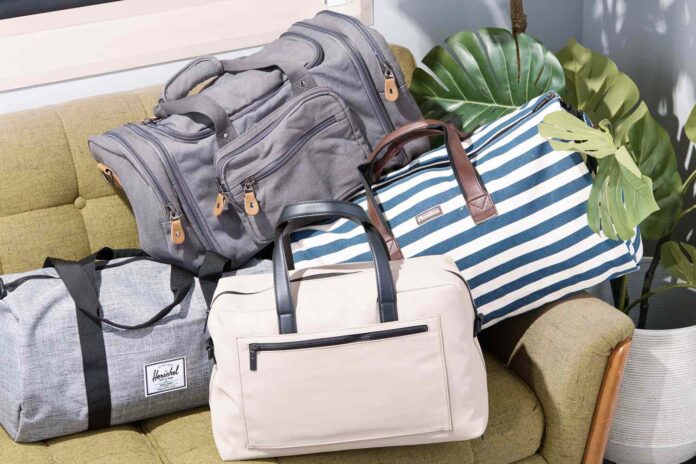
All of your loose items such as socks, shirts, jackets, and blankets can fit neatly in a single container instead of being boxed up separately or thrown into plastic garbage bags. Larger items like comforters and pillows can also be securely wrapped inside the suitcase or bag for easy transport. Additionally, these soft pieces of luggage can be easily squeezed together inside the moving truck for maximum space efficiency.
Take pictures of furniture before disassembly
Before you disassemble furniture, take pictures of it in situ; if you have a smartphone, this should be relatively simple with the ability to back up images to cloud storage. Taking pictures before you remove any screws or nuts will help guide your reassembly at your new place. Since furniture often assumes a less-than-perfect shape during transit, having these images can make tricky reconstructions much easier.
We hope that our tips have helped make your move a little easier. Moving is always a stressful time, but with proper planning and organization, it doesn’t have to be overwhelming. Let us know in the comments below if you have any other great tips for making the moving day go smoothly.
